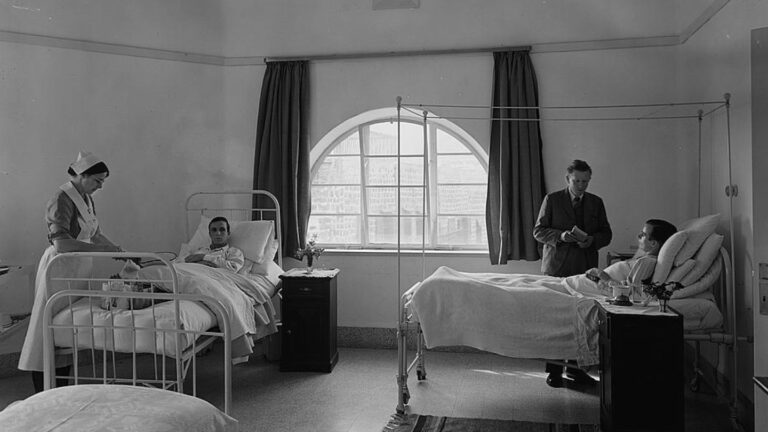The 70th anniversary celebrations of the State of Israel are joined this year by EL AL Israel Airlines, which was born in tandem with the state in 1948. In honor of its own birthday and to promote the launch of 16 new and advanced aircraft, the company painted one of its new Boeing 787 Dreamliners — named “Rehovot” — in the style of its legendary fleet of Boeing 707s, complete with the traditional 1960s black nose.
This new Dreamliner, the company’s sixth, is scheduled to be delivered in early August.
Why honor the 707? After all, during the early 1950s the fledgling national carrier had been well-served by Lockheed Constellations. In 1955, the airline purchased two Bristol Britannia aircraft — the second airline in the world to fly this plane, after BOAC (the British Overseas Airways Corporation).
But it was the 707 that in 1961 launched Israel’s civil aviation jet era and turned EL AL into the Middle East’s first all-jet airline.
According to an article in Airways Magazine, EL AL was officially incorporated as Israel’s national carrier on November 15, 1948, but its first flight had taken place on September 28, when the newly appointed President Chaim Weizmann needed to be flown from Switzerland to Israel.
“As Israeli military aircraft were not permitted to land in Europe because of an arms embargo, the fledgling Israeli government took one of its Douglas C-54 Skymaster transporters and converted it into a civilian airliner, fitting it with extra fuel tanks and painting it with markings in Hebrew and English that read ‘Israeli National Aviation Company.’”
During the 1950s, EL AL struggled financially but things turned around with the introduction of the 707. 1960 was the first year for the company to turn a profit. According to Wikipedia, that year more than half the passengers flying into Israel arrived on EL AL flights.
“On 15 June 1961, the airline set a world record for the longest non-stop commercial flight: an El Al Boeing 707 flew from New York to Tel Aviv, covering 5,760 miles (9,270 km) in 9 hours and 33 minutes. By this time, El Al was carrying 56,000 passengers a year—on a par with Qantas and ahead of established airlines like Loftleiðir. In 1961, El Al ranked 35th in the world in accumulated passenger distance. El Al’s success continued into the late 1960s.”
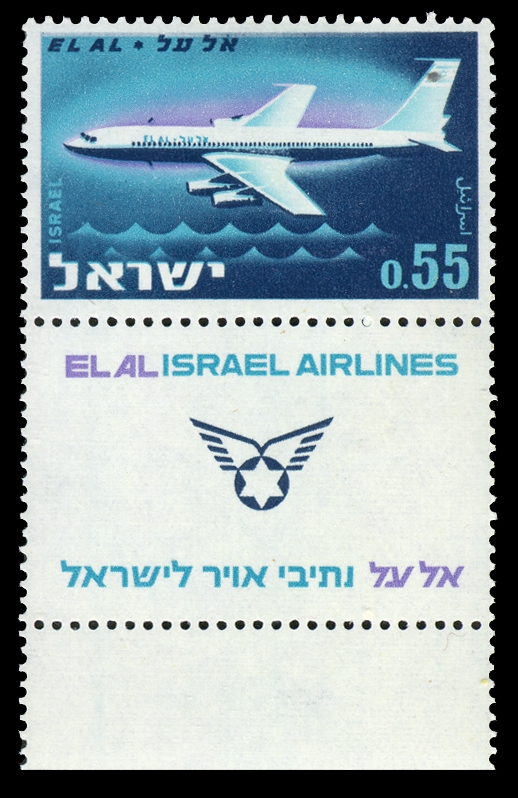
In 1962, the Israel Postal Authority issued a postage stamp honoring EL AL Airlines and depicting the Boeing 707. That same year, EL AL acquired two 720Bs, a shortened version of the 707. In line with the fleet upgrade and expansion, the company commissioned a logo redesign.
The first logo, an encircled Star of David with white wings, had been designed in 1949 by graphic designer Franz Kraus, creator of the iconic 1936 “Visit Palestine” poster.
A new logo was issued in 1963 and featured a square design with both English and Hebrew versions, created by British graphic designer George Him in collaboration with Dutch graphic designer Otto Treumann. The new planes were emblazoned with the “mod” corporate branding that suited the spirit of the times perfectly.

Hijacking heroes
But the ’60s also brought with them a new phenomenon: airborne terrorism. July 23, 1968 marked the only successful hijacking of an EL AL aircraft when a Boeing 707, EL AL Flight 426 from Rome to Tel Aviv, was overtaken by three members of the Popular Front for the Liberation of Palestine (PFLP).
The flight was diverted to Algiers and, after 40 days of negotiations, the hijackers and 21 Israeli hostages were freed. Following that event, EL AL became the world’s first airline to install reinforced steel cockpit doors with locks, and dispatch onboard air marshals.
On September 6, 1970, EL AL Flight 219 from Tel Aviv to New York, with a stopover in Amsterdam, was the target of an attempted hijacking (part of the Dawson’s Field hijackings, a series of almost simultaneous hijackings carried out by the PFLP).
Hijackers Patrick Argüello and Leila Khaled were thwarted by the heroic efforts of Captain Uri Bar-Lev and air marshal Avihu Kol, who were protected behind the cockpit doors. Bar-Lev dove the plane to topple the hijackers off their feet, after which Kol took action. Argüello was shot and killed. Khaled was subdued, turned over to British authorities, and subsequently exchanged for hostages taken in another hijacking.
Below is a video (in Hebrew) of the press conference with Bar-Lev the day after the attempted skyjacking.
The period between 1961 and 1972 was the pinnacle of 707 service, according to Marvin G. Goldman, Israeli civil aviation historian and proprietor of Israel Airline Museum.
“By 1970 daily average utilization of the fleet was an exceptionally high 12 hours. Considering that EL AL was then operating only 306 days a year because of the constraints of flying on the Jewish Sabbath and holy days, this translated into an actual utilization of nearly 15 hours per day. All aircraft were active during the April-October high season. Between October and March, one of the 10 Boeings would undergo a major overhaul.”
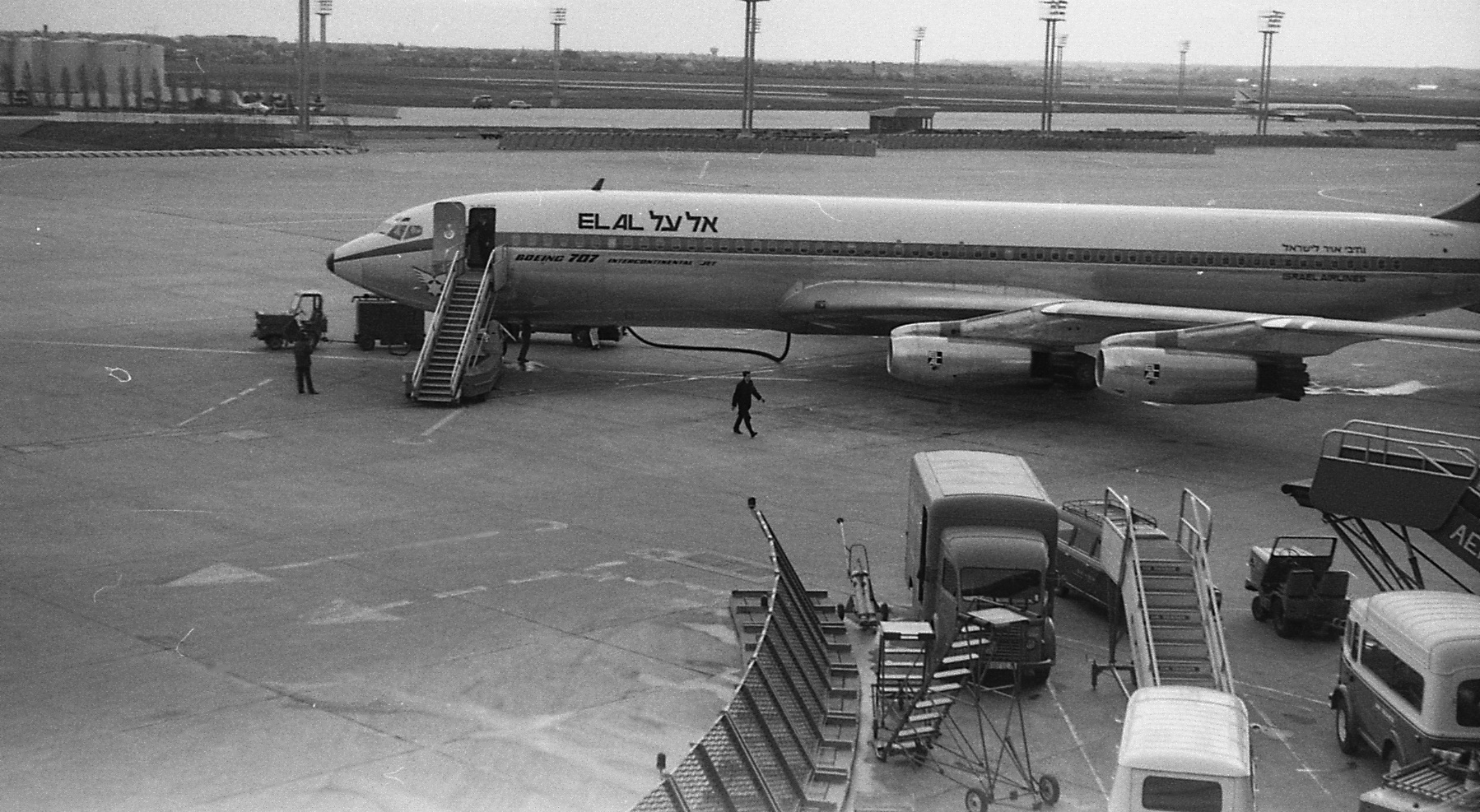
“The number of employees grew to nearly 4,000 by the end of 1970, including 64 flight crews, and about 90% of the staff were Israeli nationals. Pilots were typically recruited directly out of one of the finest training centers in the world—the Israeli Air Force. The average age at which pilots would make captain fell to 30, among the youngest in the industry.
“By early 1971 the 707s and 720Bs had served EL AL faithfully and safely for almost 10 years. They became the proud symbol of an airline that continued to gain acceptance as one of the most efficient in the world. Soon, however, these aircraft, like their predecessors, would have to relinquish their position of eminence. Already industry leader Pan Am and other major airlines had entered a new era—that of the wide-body Boeing 747. EL AL would not be far behind.”
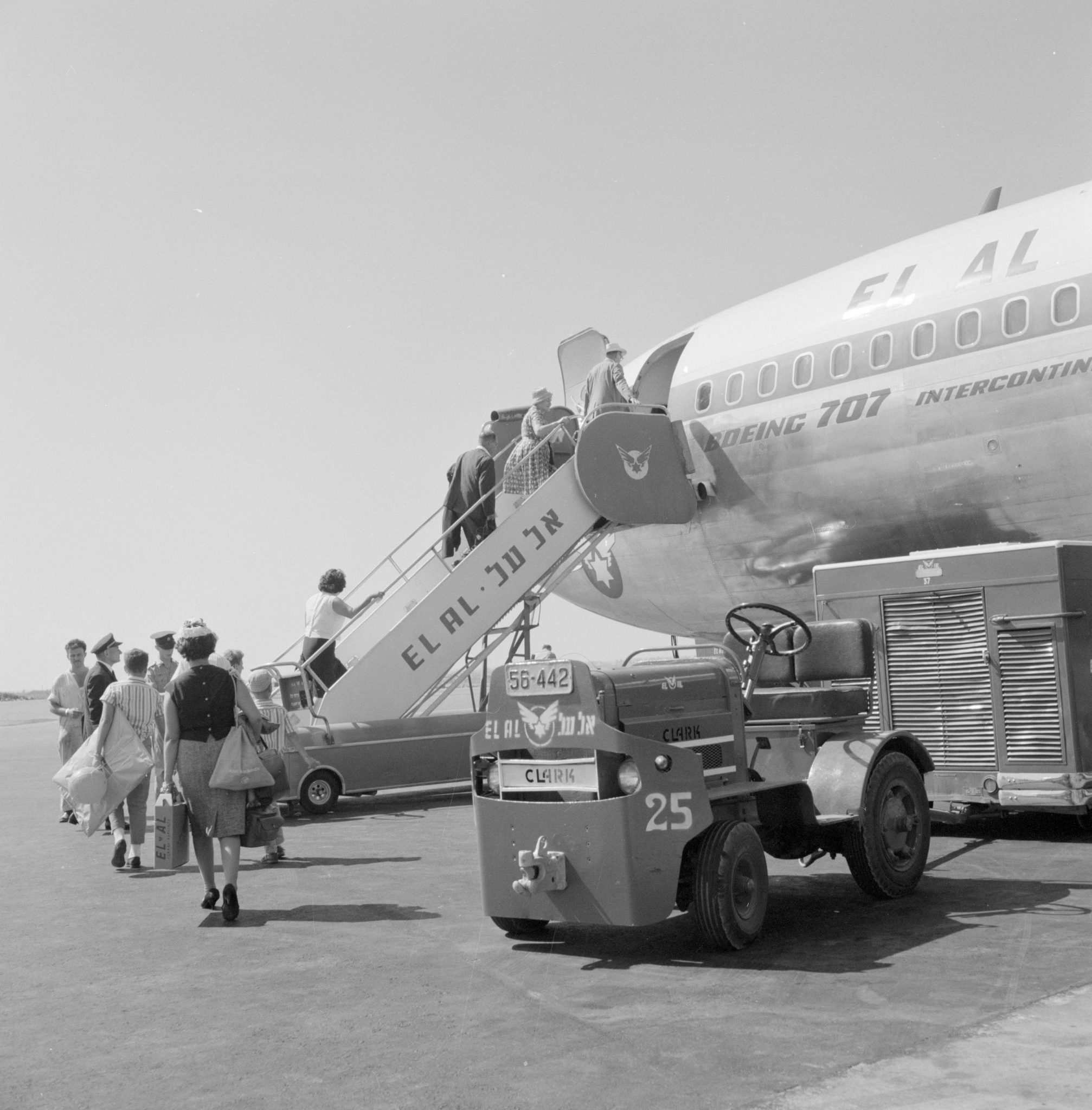
EL AL introduced the Boeing 747 in 1971, purchased another in 1973 and gradually began to phase-out the 707 and 720Bs. The last 707 was retired in 1992. The video below shows a 1988 takeoff from Ben-Gurion Airport.
EL AL continues to boast an all-Boeing fleet, the newest members of which are the 16 fuel-efficient Dreamliners, to be gradually phased in by 2020 to replace the existing 747-400 and 767-300 fleets. These aircraft will be joining the company’s new 737-900 aircraft, already operating short hauls to Europe.




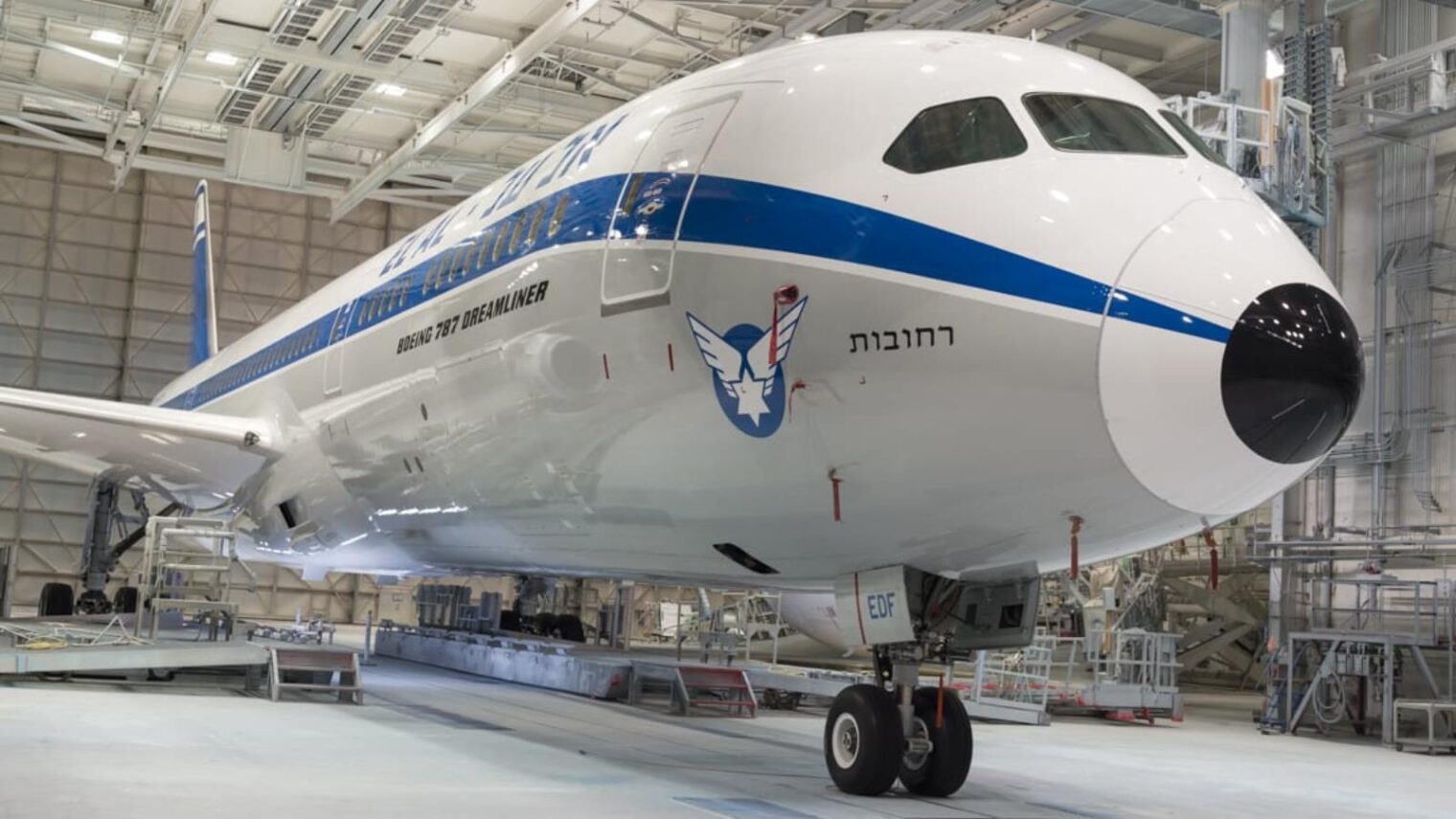










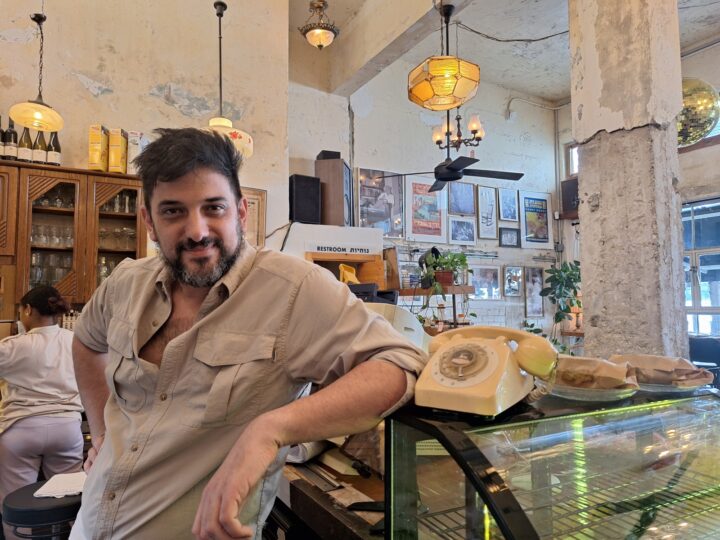
![Elections 1977 – Likud posters] In 1977, Menahem Begin led an election upset as Israel’s first non-Labor prime minister. Credit: GPO Elections 1977 – Likud posters] In 1977, Menahem Begin led an election upset as Israel’s first non-Labor prime minister. Credit: GPO](https://static.israel21c.org/www/uploads/2019/09/Elections_1977___Likud_posters_-_GPO-768x432.jpg)
